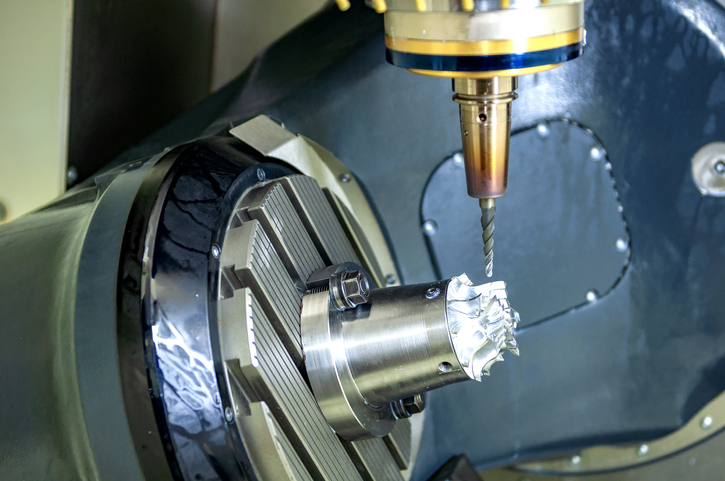In recent years, AI vision systems for automation have emerged as a revolutionary force across various industries. By integrating advanced technologies, businesses and sectors are dramatically enhancing their operations and productivity. Learn more about these advancements and how they’re reshaping the landscape.

The Basics of AI Vision Systems
AI vision systems are technological solutions that enable machines to interpret and make decisions based on visual data. They use complex algorithms to process images, videos, and other visual inputs, transforming how industries approach their daily operations.
Core Components of AI Vision
Understanding the components of AI vision systems is essential for recognizing their potential in driving innovation. These include sensors, cameras, data processors, and machine learning models that work cohesively to execute automated tasks efficiently.
Applications in the Real World
Manufacturing and Production
One of the primary sectors benefitting from AI vision systems is manufacturing. Machines equipped with AI vision can inspect products, ensuring quality and consistency, thereby reducing human error and resource wastage. They also help in smart manufacturing processes.
Automotive Industry
In the automotive field, AI vision contributes to developing self-driving cars and enhancing vehicle safety features. The systems can recognize objects, predict surrounding movements, and react in real time, making travel safer and more efficient.
Benefits of AI Vision Systems
Improved Efficiency
By incorporating AI vision systems, industries witness significant improvements in task efficiency and speed. Automation minimizes the time required for routine tasks, allowing human employees to focus on strategic activities.
Cost-Effectiveness
Implementing AI vision helps in reducing operational costs. The precision and accuracy offered by these systems decrease the likelihood of product defects and returns, further stabilizing cost management.
Challenges and Considerations
Technical Limitations
Despite its numerous advantages, AI vision technology still faces technical challenges, including the requirement for high-quality data and the need for advanced computational power to process large volumes of information.
Ethical and Security Concerns
With the integration of AI systems, there’s also a growing concern about ethical implications and data security. Ensuring data protection and maintaining transparency in automated processes are critical.
Future Trends in AI Vision Systems
The future of AI vision systems for automation appears promising, with ongoing research and advancements leading to more sophisticated applications. These systems are expected to become smarter and more autonomous, ushering in an era of unprecedented innovation.
Conclusion
By addressing their challenges and harnessing their potential, AI vision systems pave the way for a more efficient and productive future across various industries. For further insights on how these systems contribute to sustainable industrial practices, visit our blog on sustainable electronics.

FAQs
What industries benefit from AI vision systems?
Several industries, including manufacturing, automotive, and healthcare, benefit significantly from the integration of AI vision systems.
Are there any security risks associated with AI vision?
Yes, as with all AI technologies, there are concerns regarding data security and privacy, which need to be addressed through robust security frameworks.
How do AI vision systems impact operational costs?
AI vision systems can reduce operational costs by decreasing error rates and improving efficiency resulting in fewer product defects and less waste.


